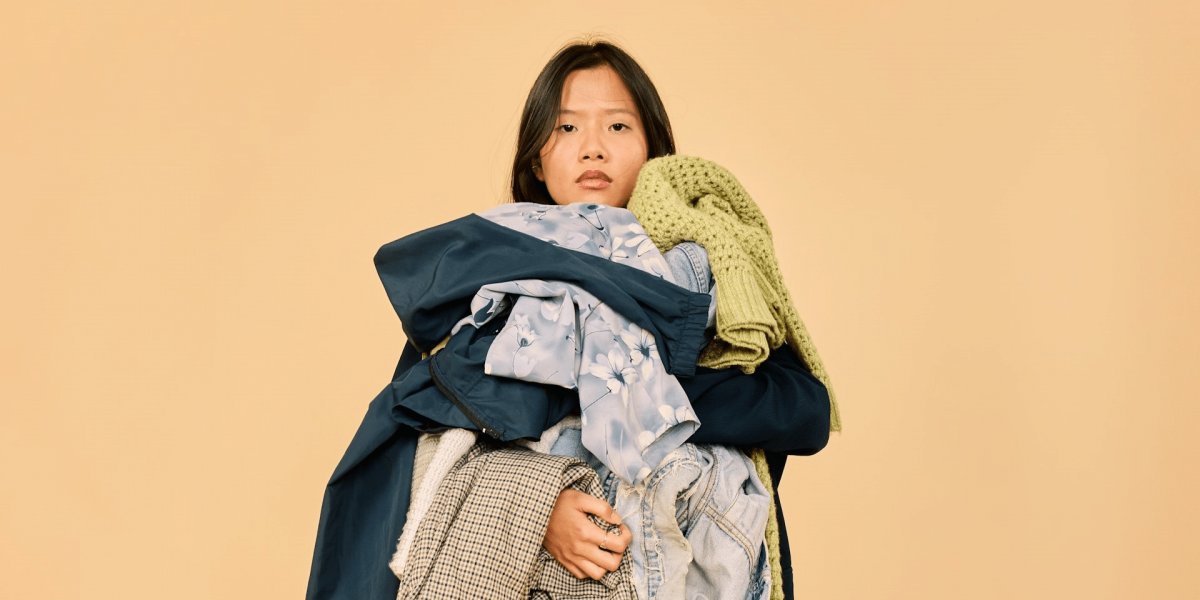Fashion shows – a whirlwind of dazzling lights, strutting models, and gasp-worthy outfits. But beneath the glamorous facade lies a surprising truth: fashion recycles its looks more often than you might think. Yes, those seemingly brand new ensembles gracing the runway might have a past life, carefully recycled and reimagined for a new season. So, how often does this recycling happen, and why do designers embrace this approach?
Here’s a peek behind the curtain, exploring the various ways fashion recycles on the runway:
1. Reimagining the Past: Vintage Inspiration and Modern Twists
The fashion world thrives on inspiration, and sometimes, the best inspiration comes from the past. Vintage clothing serves as a treasure trove for designers, offering a foundation for recycled looks. These vintage pieces are then reimagined with modern sensibilities, creating a sense of continuity while showcasing the evolution of design.
Imagine a fashion show where a designer unveils a flowy maxi dress. Upon closer inspection, you realize the dress is a recycled version of a vintage gown, subtly updated with a modern neckline and a bolder print. This recycling honors the craftsmanship of the past while keeping the look fresh and relevant. A recent Vogue Business article highlights the growing trend of upcycled fashion, stating that “consumers are increasingly seeking unique pieces with a story, making vintage a natural fit for modern wardrobes.”
2. Sustainable Statements: Reducing Waste and Embracing Eco-Conscious Design
The fashion industry grapples with a significant environmental footprint. Recycling offers a sustainable solution, reducing waste and minimizing the environmental impact of clothing production. Designers are increasingly incorporating recycled materials like upcycled fabrics and deadstock – leftover fabric from previous collections – into their runway creations.
Imagine a collection featuring jackets constructed from recycled denim scraps and skirts crafted from repurposed silk scarves. This recycling not only creates unique and eye-catching pieces but also sends a powerful message about sustainability and responsible design. A McKinsey & Company report emphasizes the importance of circularity in fashion, stating that “embracing recycled materials is crucial for the industry to reduce its environmental impact.”
3. Beyond the Runway: The “See Now, Buy Now” Movement and Fast Fashion’s Downfall
The recycling trend extends beyond the runway, influencing consumer behavior. The “See Now, Buy Now” movement, where runway looks are immediately available for purchase, has led to a recycling of trends. Consumers invest in key pieces and reinvent them season after season through layering, accessorizing, and mixing and matching.
Imagine a classic black blazer that has graced your wardrobe for years. This season, you recycle its look by pairing it with a bold floral skirt and statement earrings. This approach fosters creativity and combats the fast fashion cycle of disposable clothing. A CNBC article highlights the decline of fast fashion, stating that “consumers are becoming more conscious of the environmental and ethical implications of their clothing choices.”
A Sustainable Future for Fashion?
So, fashion does recycle its looks more often than you might think. Vintage inspiration, sustainable practices, and a shift in consumer behavior are all driving this trend. While some might view recycling as uninspired, it can be a source of creativity and a crucial step towards a more sustainable future for fashion. After all, the most stylish statement might not be about wearing the latest trend, but about reimagining what you already have in a way that’s both unique and environmentally conscious.







